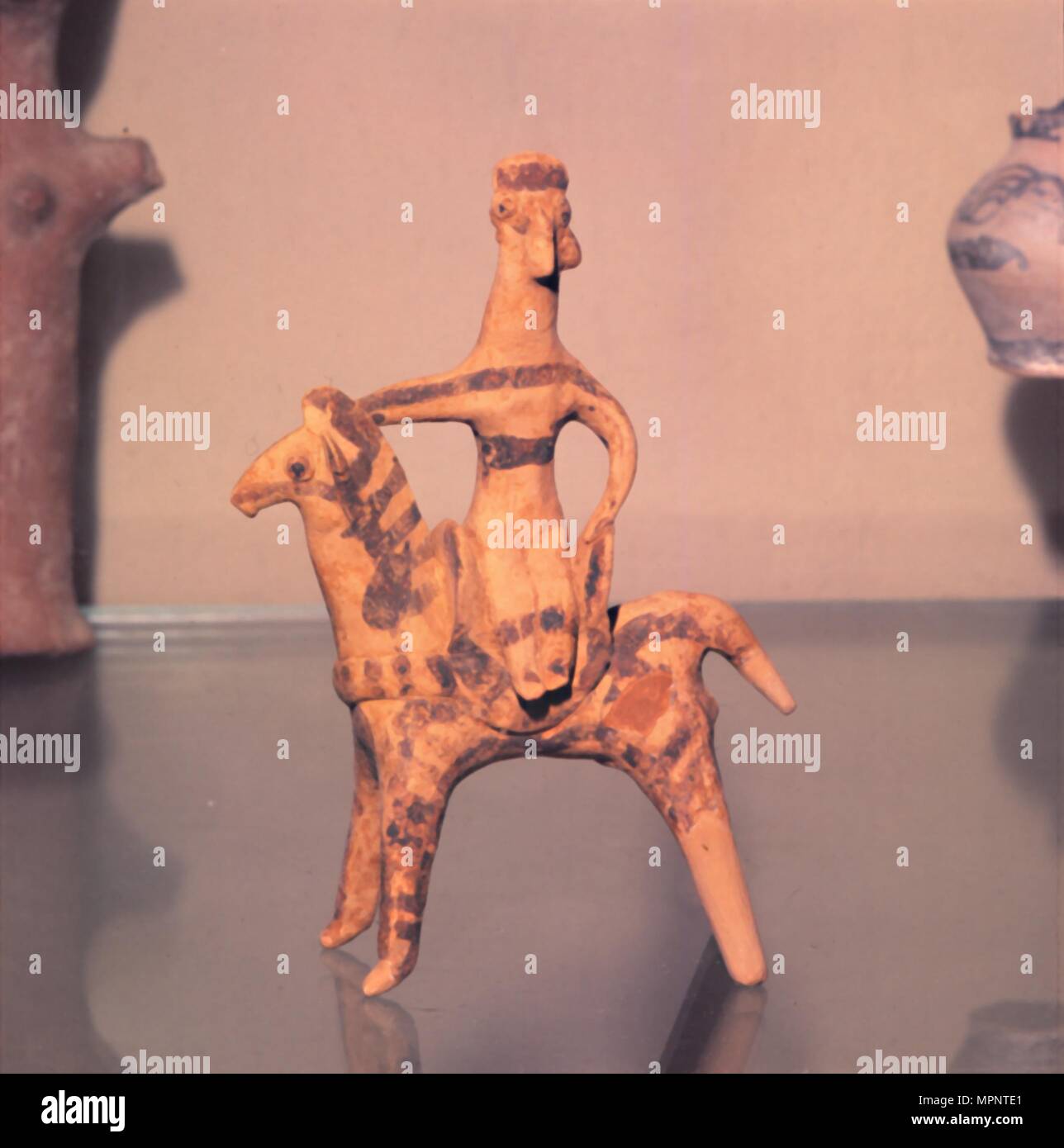Get ready to dive into the secrets of the Minoans, an ancient civilization that thrived on the island of Crete. Herodotus, the history buff from way back when, wrote some juicy stuff about these folks that’ll make us wonder what they were all about—fact or fiction, we’re here to uncover the truth and learn all we can about these curious people.
Myths, Legends, and the Enigmatic Minoans
Herodotus, that curious historian from way back, was pretty fascinated by the Minoans. His writings give us a peek – albeit a foggy one – into their world, a world painted with myths and epic tales.
One such tale revolves around the legend of King Minos. Was there truly a king by that name, ruling with an iron fist? It’s probably not as straightforward as the stories might suggest. “Minos” was more likely a prestigious title, passed down through generations of powerful Minoan rulers. However, even myths can hold grains of truth. These stories might give us clues about how Minoan society functioned, what they believed in, and the values they held dear.
Then there’s the big head-scratcher: what happened to them? Around 1450 BCE, the Minoans pretty much vanished. Herodotus, unfortunately, doesn’t offer any concrete explanations. Later historians, however, have thrown out some theories:
- Was it a catastrophic volcanic eruption?
- Maybe an invasion by the Mycenaeans, their Bronze Age rivals?
- Or perhaps it was a perfect storm of natural disasters and internal squabbles?
It’s a historical puzzle archaeologists are still trying to piece together.
Adding to the mystery, the Minoans left tantalizing messages written in Linear A and Cretan Hieroglyphs. Imagine finding a hidden message but not having the key to decipher it! That’s the challenge researchers face when studying these ancient scripts. Decades of research have been poured into cracking the code, hoping to one day read the Minoans’ own words and unlock the secrets of their culture and beliefs.
But even though their civilization crumbled, the Minoans left their mark. Their artistic style and impressive buildings influenced later cultures, including the Mycenaeans, who, in turn, passed the torch to the Greeks. And those Minoan sailors? They were ahead of their time, establishing impressive trade networks across the Mediterranean Sea. These guys were like the ancient world’s shipping magnates, and their influence stretched far and wide, shaping the course of history for those who came after them.
So here we are, left with more questions than answers. The Minoans continue to captivate us, a testament to how much there still is to learn about our past. Herodotus might have nudged us closer to understanding them, but the complete truth – as they say – is still out there, buried beneath layers of time and waiting to be unearthed. And as archaeologists continue to dig, who knows what other incredible discoveries await?
Unraveling the Mystery: Who Wiped Out the Minoans?
We know the massive volcanic eruption on Thera (modern-day Santorini) rocked the region. It was a cataclysmic event – think Pompeii-level devastation, but on a much larger scale. For a long time, this eruption was believed to have single-handedly brought down the mighty Minoan civilization. However, new findings suggest a more intricate narrative.
Imagine a prize fighter who’s already taken a beating in the ring. They’re weakened, but still standing. Then, BAM! A knockout punch sends them crashing to the mat. That knockout punch was likely the Thera eruption, but it seems the Minoans were already grappling with some serious issues beforehand.
Think climate change messing with their agriculture, earthquakes rattling their cities, and maybe even some internal power struggles. All these factors combined probably stretched the Minoans pretty thin, making them vulnerable to a knockout blow – in this case, the eruption of Thera.
But there’s another contender entering the ring around this time: the Mycenaeans. These mainland Greeks were gaining power and influence, and some archaeologists believe they had their sights set on Crete. Evidence suggests they were already making inroads on the island before the eruption. Could they have seen an opportunity in the chaos and delivered the final blow? It’s definitely a possibility.
Here’s the thing about the Minoans though – they were incredibly resilient. Even after the devastation of the eruption, they didn’t just disappear. In some areas, they bounced back, adapting to the changed environment and even experiencing a cultural revival. Their influence on later civilizations, particularly the Mycenaeans, is undeniable.
The story of the Minoan collapse is still being written. It’s a fascinating puzzle with pieces we’re continually uncovering and fitting together. While the Thera eruption played a major role, it seems likely other factors contributed to their downfall. The emergence of the Mycenaeans also adds another layer of intrigue. What we do know for sure is that the Minoans left behind a legacy of art, architecture, and innovation that continues to inspire awe and wonder today.
Unveiling the Enigma: What Did the Minoans Call Themselves?
We’ve been talking about the Minoans, those mysterious folks who lived on the island of Crete ages ago. But here’s a real head-scratcher: we don’t actually know what they called themselves. The name “Minoan” is something historians coined later. Sir Arthur Evans, the archaeologist who discovered the grand palace at Knossos, is the one who gave them that name back in the early 1900s. He was thinking about the legendary King Minos from Greek mythology, who was supposed to have ruled from Knossos.
So, if they didn’t call themselves “Minoans,” what did they call themselves? Well, that’s a question that keeps scholars up at night! The Minoans left behind a lot of writing, but it’s in a script called Linear A that we haven’t completely deciphered yet. Some experts think that the Minoans’ real name might be hiding within those mysterious Linear A inscriptions. Maybe one day we’ll crack the code and finally know what they called their land and their people.
There are other theories, too. Some researchers believe that the Minoans might have identified with their island home, Crete. They could have used a name that meant something like “Cretans” or maybe “Islanders.” It makes sense, doesn’t it? After all, your home is a big part of who you are.
Until we get more definitive answers, the true name of the Minoans remains an intriguing puzzle. It’s a good reminder that even though we’ve learned so much about the past, there are still mysteries waiting to be solved. And who knows? Maybe someday, someone reading this will be the one to finally uncover the Minoans’ real name.
Unraveling the Minoan Legacy: Are There Descendants Today?
The Minoan civilization, known for its sophisticated culture and mysterious beginnings, has fascinated experts for ages. It makes you wonder, did their story continue beyond the history books? Could their descendants be living among us today?
Modern science, particularly DNA analysis, has provided some clues. Recent studies suggest that modern Greeks actually share a significant amount of DNA with the Minoans. This means there’s a real, biological connection between these ancient people and those living in Greece today! It’s not just a historical link; it’s woven into their very genes. This tells us that the Minoans weren’t just passing through Crete; they were deeply rooted in the Aegean and Anatolian regions, leaving a lasting mark on the genetic landscape.
The plot thickens when we look at the Mycenaeans, another powerful Bronze Age civilization that came after the Minoans. Turns out, genetic research has shown a close family tie between them, too! This suggests a vibrant exchange of culture and a mingling of people between the two groups, even though their art and politics were quite different.
So, what became of the Minoans? Their bloodline didn’t vanish. They didn’t simply disappear from the earth. Their descendants are likely still walking among us, their genetic heritage woven into the tapestry of modern Greek populations. It’s like a thread of the Minoan spirit carried through generations, a living link to a civilization lost to time but not forgotten by its DNA.
While their grand palaces and vibrant cities may now lie in ruins, the Minoans’ legacy endures in the very people who inhabit the lands they once called home. Their story reminds us that even ancient civilizations leave an echo in the present, a whisper of their existence carried in the genes of their descendants. While there’s still much we don’t know about the Minoans, each new discovery brings us closer to unraveling their mysteries and understanding the true extent of their impact on the world as we know it.












